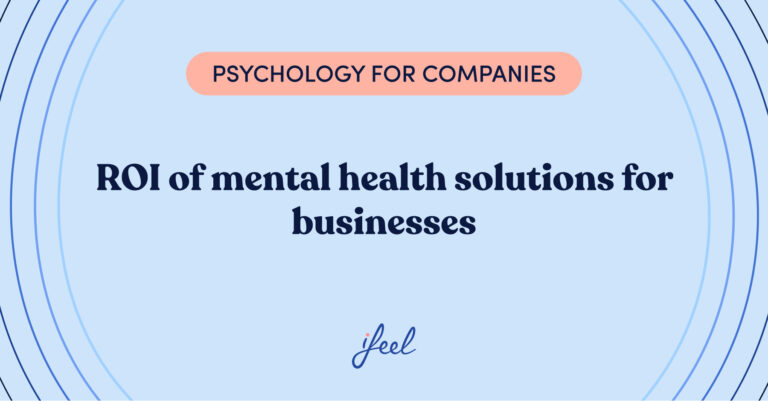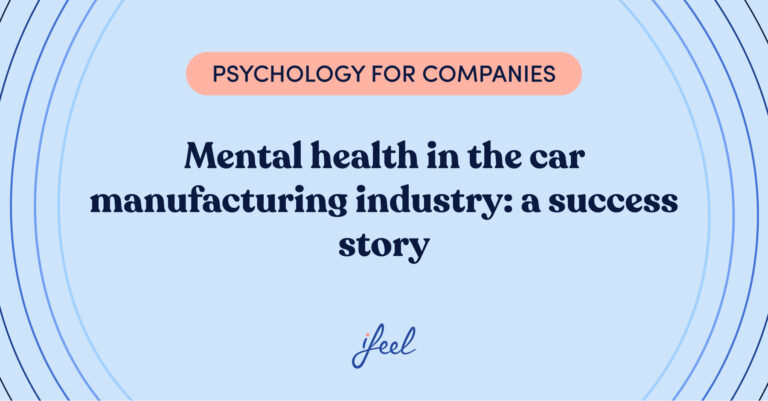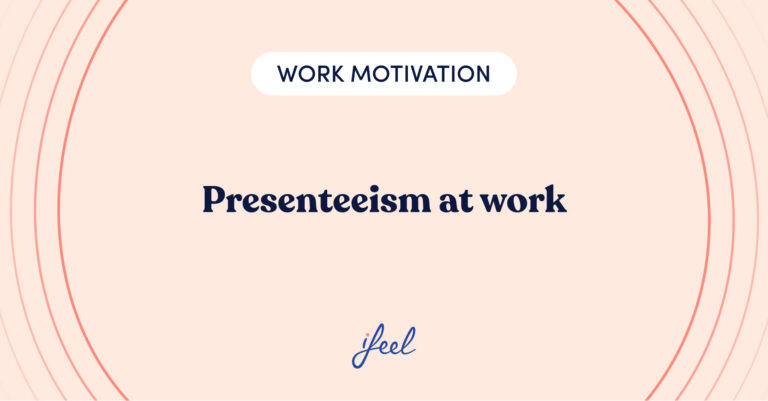Workplace inclusion is a corporate methodology aimed at building spaces, teams, and processes free of discrimination. To achieve this, it must combine two inevitably complementary lines of action.
On the one hand, those who choose to carry it out must implement actions to encourage certain people to join the team and not be left out (i.e., “workplace inclusion” in the strict sense of the term). On the other hand, they must implement actions to avoid discrimination against people who, because of one or more characteristics, could be susceptible to being left out of a team that repels differences and seeks the highest possible degree of homogeneity.

How to define workplace inclusion
Workplace inclusion is not only a human resources policy aimed at hiring people who are “very different” from each other into the team. Beyond that, it has to be part of a corporate culture that looks at and caters in a certain way (i.e., in an inclusive way) to the people who are already part of the team, even if this team is not very heterogeneous in terms of ethnicity, religion, nationality or sexual orientation of its members.
We are all very different from each other even if we share many traits since we all have very characteristic needs, academic backgrounds, skills, and personality traits, which make us behave in a certain way and be in vital moments that can be very peculiar.
Factors to consider for workplace inclusion
1. Defining diversity at work
The concepts of inclusion in the workplace and acceptance/integration of diversity within the company are intrinsically linked. However, companies may differ in how they define diversity and, therefore, in their workplace inclusion strategy.
Therefore, to carry out this process in an orderly manner, it is essential that HR managers take an active role in defining diversity in their particular company (by what parameters they will measure it) and what added value they expect to gain from this decision. A good starting point may be to try to answer this question: does our company need to be diverse and encourage inclusion in the workplace?
2. Staff/team layout
Workplace inclusion is a methodology for building companies (because it is a methodology for building teams). At the same time, it is also a methodology for generating specific work environments that are different from those based on a rigid homogeneity that leads to directly or indirectly discriminatory practices.
To implement this process of workplace inclusion, it is important to consider the philosophy on which it is based:
- What the company intends to achieve with it.
- What type of inclusion does it seek?
- It is crucial to design the workforce that makes up the organization in this way.
3. Coexistence challenges
One of the most common fears when it comes to allowing the company to open up to diversity and implement strong inclusion policies is the appearance of conflicts to deal with. To avoid them, it is vital to take care of internal communication and use inclusion in the workplace as something positive.
This way, the addition of people with one or more characteristics that are out of the ordinary within the company or within the context in which the company is located should be presented as a driving force that favors ideas and performance, not as a source of obstacles or conflicts that must be constantly managed.
Advantages of workplace inclusion
Encouraging workplace inclusion is what labor legislation indicates and what a certain ethic of open-mindedness and acceptance of the heterogeneity intrinsic to the human being advocates. Thirdly, it is the best way to foster sustainable productivity that will improve the company’s results in the long term.
Inclusion in the workplace has advantages for both employees and corporations, which is why more and more companies are striving to promote it strategically. When they do so, they see how it enables the company’s workforce to be more like the reality of the society in which it is located so that the company is more integrated into its context and more connected to the real population.
Diversity fosters creativity
In addition, promoting workplace inclusion opens up many possibilities for creativity, for knowledge through sociological, cultural, or other contexts that, if it were not for the arrival of “advantaged correspondents” or “direct ambassadors” coming from them, would take much longer to reach the company.
Moreover, inclusion in the workplace in itself improves the company’s internal and external reputation, making it more attractive to future employees who, for whatever reason, would end up in companies where diversity is less respected and where it would be more uncomfortable to place their talent.

Focusing on emotional well-being in organizations
At ifeel, we believe in an idea that organizes all our work: companies are made of people, and people have to feel good when they work to work well.
To help them achieve this and establish good communication habits within the organization’s processes, our team of psychologists, experts in well-being at work, has created an emotional well-being service for companies that supports the entire team of a company, including those responsible for Human Resources.
These managers must ensure that the company’s final results are close to the objectives set. This is why it is essential to support them in guiding the relationship between the company and the employee and to ensure that it is as beneficial as possible for both.
That’s why, through our service, you can receive personalized, data-driven advice on improving your teams’ psychological well-being. Are you part of your organization’s Human Resources department? Try our program now and find out how it could help you.
In addition, this program offers all employees a complete mental health care service that they can access in different ways depending on their needs. Those who wish can access an online therapy service with one of our psychologists, specialized in cases like theirs, or interact with one of our professionals to receive emotional support in a more specific circumstance that concerns them.
Of course, in our Resources section, you can find different materials, such as podcasts, HR Guides on various topics (e.g., employee experience or how to design a good HR strategy), or interviews with important HR positions. In addition, we have a Psychosocial Risk Factors Template, which you can use to comply with the requirements of the Labor Inspectorate.
We hope you found this post on workplace inclusion interesting. If you would like more information about our emotional well-being program for companies, just ask us, and we will contact your team as soon as possible.











